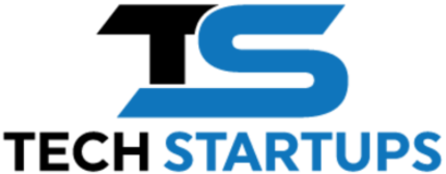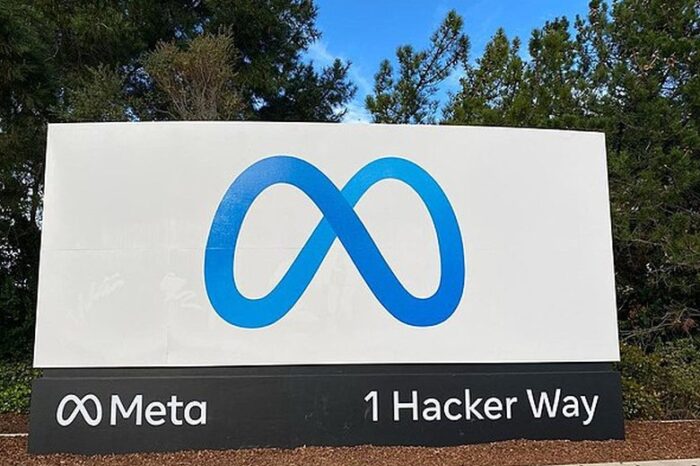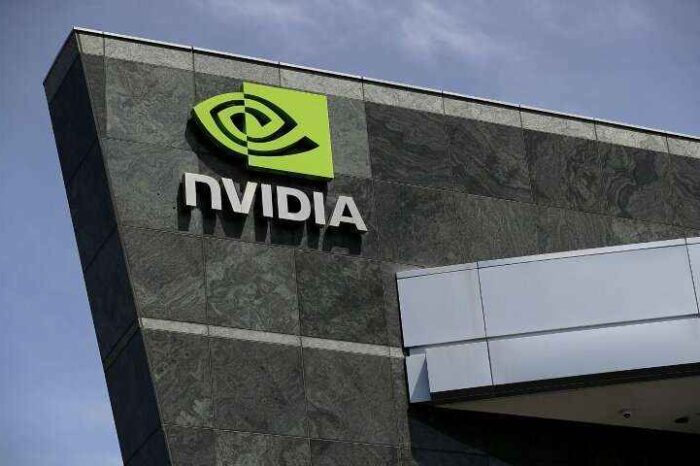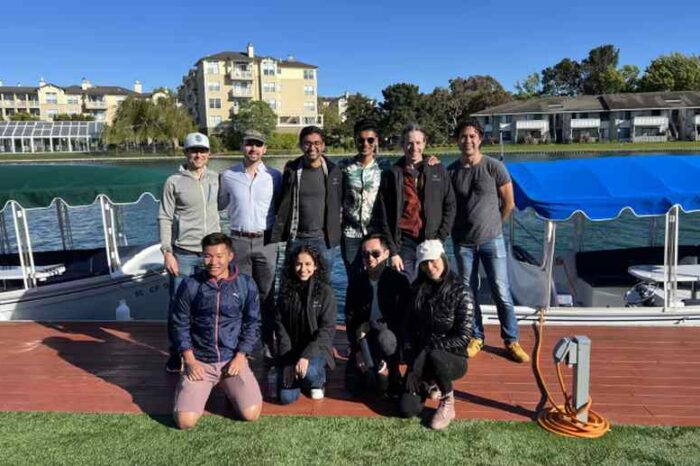Palo Alto Networks acquires Chronosphere for $3.35B to expand its AI-powered cybersecurity stack
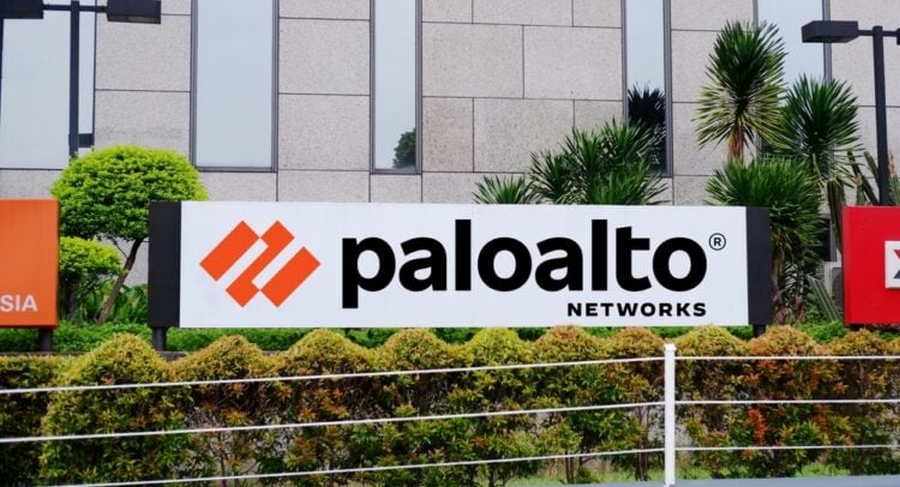
Palo Alto Networks just made one of its biggest moves this year, agreeing to buy cloud observability startup Chronosphere for $3.35 billion. The deal signals a sharper push into AI-driven detection at a time when system failures and security blind spots can spread across an organization in minutes.
The Santa Clara-based cybersecurity giant plans to tie Chronosphere into its Cortex AgentiX platform. That integration gives Palo Alto’s AI agents access to massive volumes of performance data, helping them spot issues faster and trace problems back to their actual source. In simple terms, it’s a bid to close the gap between seeing something break and knowing why it happened.
Payment for the deal will be split between cash and new equity that replaces older awards. Investors weren’t thrilled at first. Palo Alto shares slid more than 3% in after-hours trading after the announcement.
A $3.35B Bet on AI: Palo Alto Networks Buys Cloud Observability Startup Chronosphere
Commenting on the acquisition, Palo Alto Networks Chairman and CEO Nikesh Arora said:
“The foundational requirement for every modern AI data center is constant uptime and resilience, which demands real-time, always-on observability delivered at the right cost. Chronosphere was built to scale for the data demands of the AI era from day one, which is why it is chosen by leading AI-native and born-in-the-cloud organizations. And once we leverage AgentiX with Chronosphere, we will take observability from simple dashboards to real-time, agentic remediation. We are excited to not just enter this space, but to disrupt it.”
DA Davidson analyst Rudy Kessinger suggested the stock dip has less to do with Chronosphere itself and more with timing. The company revealed this acquisition before it had completed its far larger CyberArk deal, and that back-to-back spending is making some investors uneasy.
“We founded Chronosphere to provide scalable resiliency for the world’s largest digital organizations. Palo Alto Networks is the perfect strategic partner for our customers, partners, and employees. It allows us to combine our disruptive observability platform with the world’s best security company, accelerating our momentum in solving the most complex data and resiliency challenges. Together, we look forward to continuing to partner with industry-leading cloud and AI-native customers across the world on their mission-critical observability and security needs,” Martin Mao, Chronosphere Co-founder and CEO, said.
The price tag is steep by industry standards. Palo Alto is paying nearly 21 times Chronosphere’s annual recurring revenue, which topped $160 million as of the end of September 2025. Just a few months ago, the company said it would buy identity security firm CyberArk Software for about $25 billion. CyberArk shareholders signed off on that deal last week, and both transactions are expected to close in the second half of fiscal 2026.
At the same time, Palo Alto raised its outlook for the coming year. The company now expects fiscal 2026 revenue between $10.50 billion and $10.54 billion, slightly higher than its earlier forecast. Adjusted profit is also moving up, with a new range of $3.80 to $3.90 per share, compared to the previous estimate of $3.75 to $3.85.
Cybersecurity spending continues to hold up even as other tech budgets tighten. Attacks from nation-state groups and more advanced ransomware campaigns have kept demand strong for companies that can protect networks and cloud environments.
That trend showed up in Palo Alto’s most recent quarter. For the first quarter ended October 31, revenue climbed 15.6% to $2.47 billion, landing close to the average of analyst expectations tracked by LSEG. The Chronosphere acquisition now adds another piece to its growing focus on AI and large-scale threat detection, even as it takes on the cost and risk that come with deals of this size.
